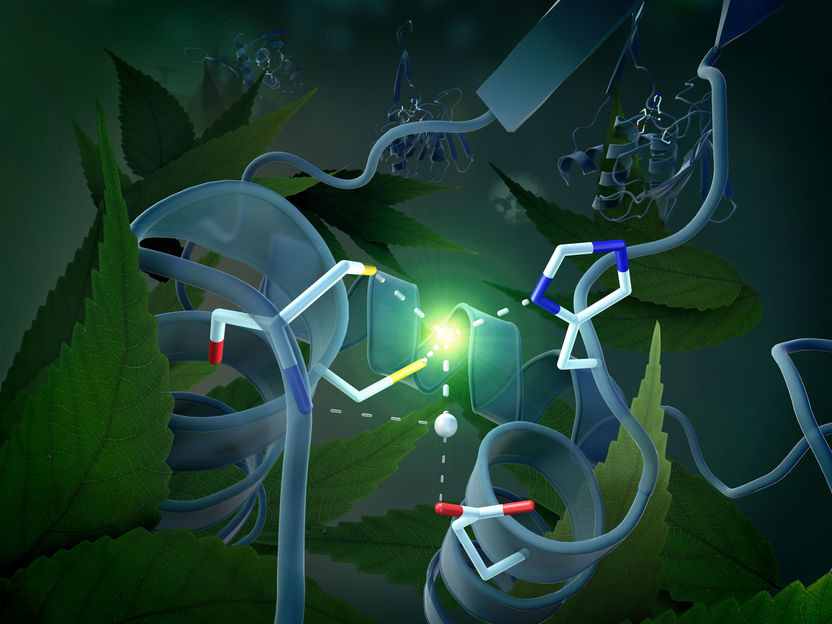Addex commences Phase II clinical trials programme compound ADX10059 for use against migraine and anxiety
Advertisement
Addex Pharmaceuticals announced the start of the Phase II development programme of its lead compound ADX10059. This announcement follows the successful completion of three Phase I trials, in over 100 healthy subjects, which demonstrated good tolerability of the compound across a broad dose range. The first Phase II study, which has started in Germany, evaluates the use of ADX10059 for the acute treatment of migraine. In the near future, two additional phase II studies are scheduled to begin with this compound for the treatment of acute anticipatory anxiety and for the prevention of acid reflux in patients with gastro-oesophageal reflux disease (GERD).
The first study in migraine is a multicentre Phase IIa study, located at opinion leader sites in the UK and Germany. The design is a double-blind, placebo-controlled comparison of a single dose of ADX10059 with placebo, to treat a single moderate or severe (IHS Grade 2 or 3) migraine headache, in an outpatient setting. Standard efficacy outcomes will be used, with the primary efficacy variable being the proportion of patients pain-free (IHS Grade 0) 2 hours after dosing. The effect of ADX10059 on migraine headache pain, associated symptoms of migraine and functional disability will be graded in the 24 hours following dosing. Safety and tolerability will also be monitored.
ADX10059 is a potent, selective, negative allosteric modulator (NAM) of the metabotropic glutamate receptor 5 (mGluR5), implicated in anxiety, migraine and other CNS disorders. NAMs differ from classical, pure antagonists in that their inhibitory effects are non-competitive, meaning that they may achieve a pharmacological effect without the need to increase drug concentration, even in the presence of high concentrations of the natural ligand, glutamate. This novel mechanism offers the potential advantage of therapeutic activity with few side effects. In addition, ADX10059 does not have significant cross-activity or binding affinity to other mGluR or other CNS receptors, in particular serotonin, GABA and dopamine receptors.


















































